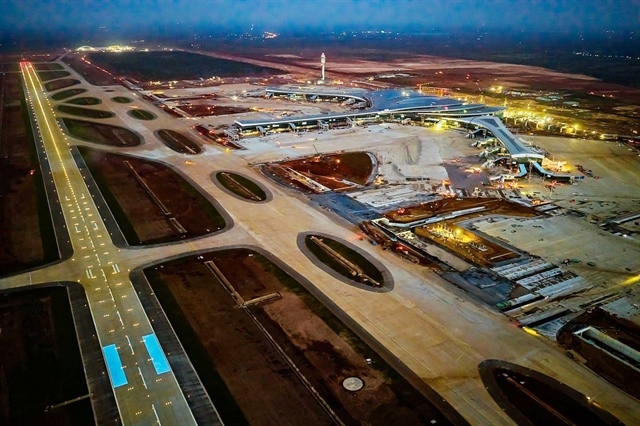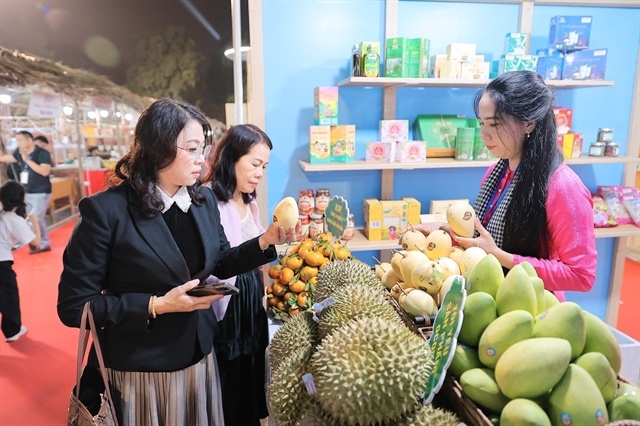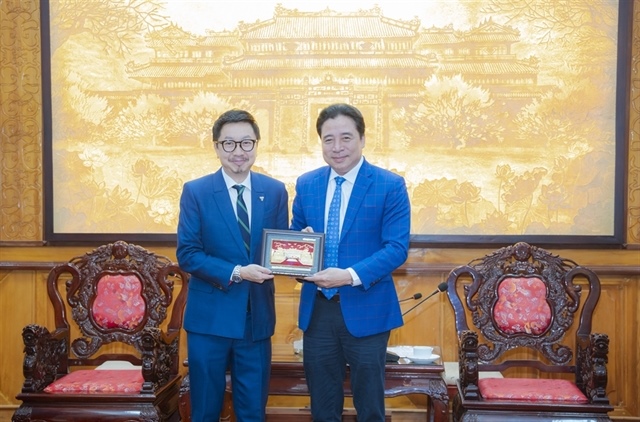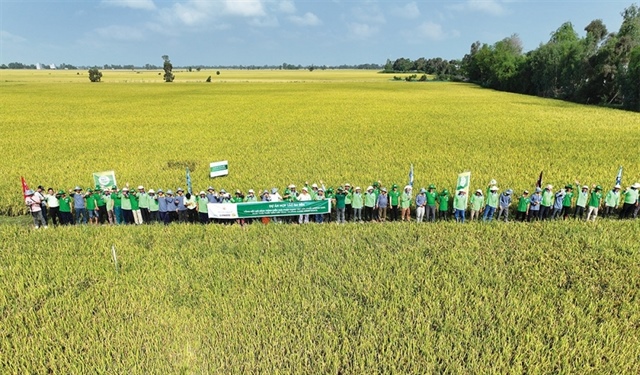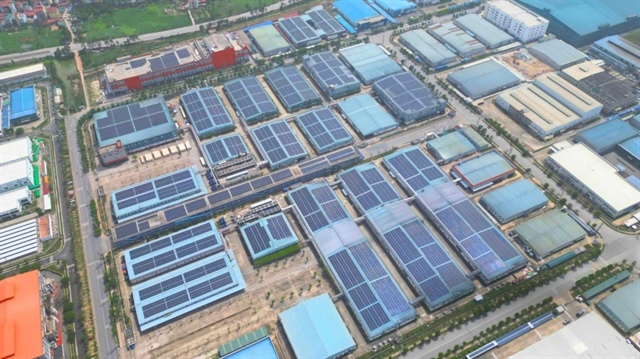Viet Nam’s PMI bounces back in October
Viet Nam’s PMI bounces back in October
Viet Nam’s manufacturing Purchasing Managers’ Index (PMI) climbed from a 10-month low of 51.5 in September to 53.9 in October, pointing to the strongest improvement in the health of the country’s manufacturing industry since July, IHS Market’s Nikkei reports released on Thursday showed.

The industry moved up a gear in October, with growth of production, headcounts and input purchasing all gathering pace on the back of a robust and accelerated increase in new work. At the same time, the rate of input cost inflation softened to its lowest since July 2017 and charges were lowered for the second month in a row.
“Vietnamese manufacturers allayed fears of a protracted slowdown with strong rises in output, new orders and employment all recorded in October,” said Andrew Harker, Associate Director at IHS Markit, which compiled the survey. “The success of firms in continuing to secure greater volumes of new work despite signs of weakening global demand stands them in good stead as the year draws to a close.”
According to the report, all five sub-components of the PMI contributed to the upward movement recorded at the start of the year’s final quarter.
New business increased at a quicker pace than in September, supported by favourable demand internally and externally. New export orders rose at the fastest rate in three months as companies benefited from expansion into new markets and greater client bases. Subsequently, manufacturers scaled up production for the eleventh month running, with growth the sharpest since July.
Despite the rise in sales, manufacturers were able to keep on top of their workloads, as highlighted by a further decline in unfinished business. One factor that supported the depletion of backlogs was the hiring of additional workers. Not only did employment expand for the thirty-first month running, but it also showed the strongest growth since July. According to survey participants, job creation was underpinned by new product lines and robust demand.
Vietnamese manufacturers stepped up their outlay on raw materials and semi-finished products, with input purchasing expanding at a quicker pace than in September. Strong demand for materials exerted some pressure on supply chains as highlighted by an increase in vendor delivery times.
The upturn in purchase quantities aided companies in their stock building initiatives. Holdings of inputs increased markedly in October, with the pace of accumulation the quickest since the survey started in March 2011. Similarly, inventories of finished goods rose and at the quickest pace in almost three and a half years.
Although input costs continued to increase, the rate of inflation dropped to its lowest in 15 months, encouraging some producers to lower charges and others to keep prices unchanged. Across the manufacturing economy, charges fell for the second straight month, albeit marginally.
Manufacturers in Viet Nam expect product diversification and robust demand to boost production in the coming 12 months. That said, the overall level of positive sentiment fell in October and was below the series average.


